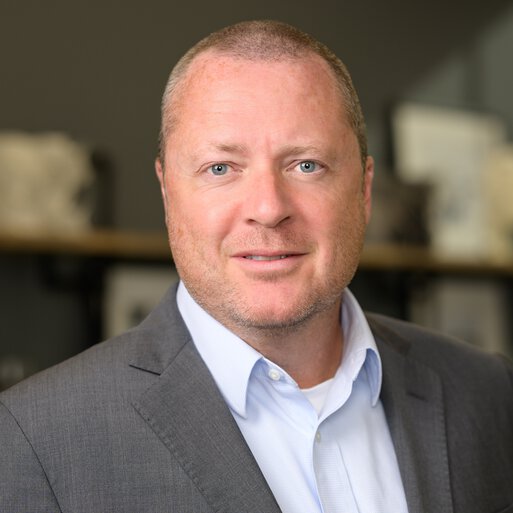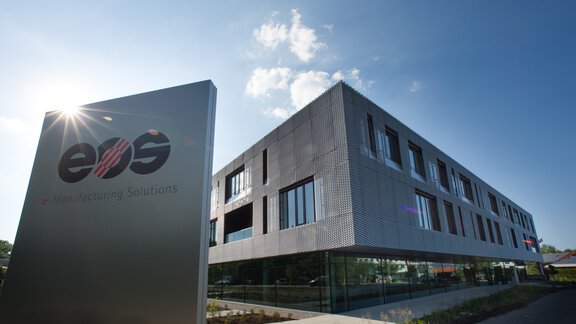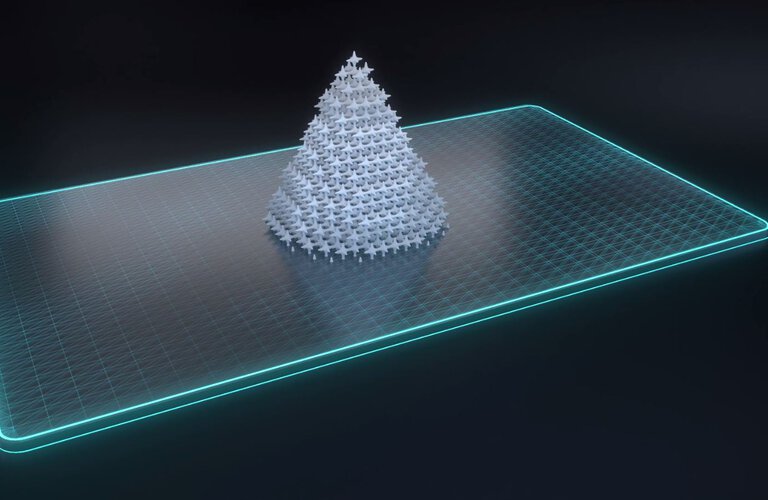From customized protective gear to high-performance, bespoked athletic footwear, consumer goods manufacturers are rushing to fill market demand for tailored products.
Pflugerville, Texas, May 10, 2021 – EOS, a leading supplier for responsible manufacturing solutions based on industrial 3D printing technology, is reporting strong market demand for applications featuring its patented 3D printed flexible lattice. EOS calls it Digital Foam™, but no matter the final product, the company is eager to work with organizations who want to leverage this type of design in their manufacturing.
Invented by EOS employees Michael Jan Galba, Monika Gessler, and Johann Oberhofer, the innovative patent relates to any generatively 3D printed object which has a flexible grid-like structure or matrix (i.e., lattice), composed of open cells that are joined together in groups of differing characteristics. Described in basic terms, this covers any varying 3D printed lattice structures morphing into each other.
Whether applied to polymers or metals, the IP covers the additive manufacturing of any three-dimensional object that has a lattice structure designed for predetermined flexibility characteristics is protected by EOS in the U.S under Patent number 10,259,041 issued in April 2019 – and globally, with other filings.
One of the patent’s authors, Michael Jan Galba, saw the potential of this advancement years ago. “We knew that this process would enable unprecedented manufacturing customization opportunities. But seeing the adoption by so many innovative organizations who are really making it a cornerstone of their 3D printed applications has surpassed our expectations.”
Using our patent, designers are able to make groups of cells creating a lattice that can be engineered with varying levels of compressibility,” adds Galba. “One common example we are seeing leverage this IP is in athletic footwear. Now, consumers can purchase footwear tailored to their specific needs or desired performance characteristics, such as shoe soles with varying compressibility in the heel, toe, and arch areas, made all in one additively manufactured piece. This is a great real-world use-case of mass customization.
Early adopters of EOS’ Digital Foam are seeking product differentiation, competitive advantages, and improved product performance characteristics including safety, comfort, lightweighting and “tuneability.”
“We are having dozens of conversations now with manufactures who are developing or have developed some really fascinating products, and our team is set-up to collaborate at whatever level of support is needed, from engineering and setting-up production, to licensing,” said Dr. Gregory Hayes, senior vice president of applied engineering at EOS North America. “We look forward to working directly with any manufacturers interested in 3D printing flexible lattices so they can benefit from our expertise around this IP.”


